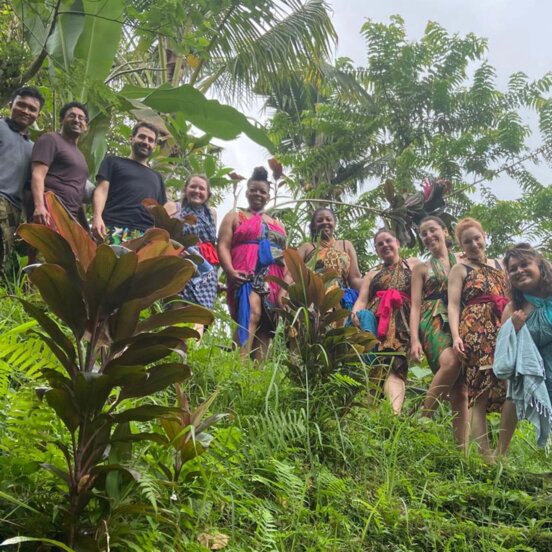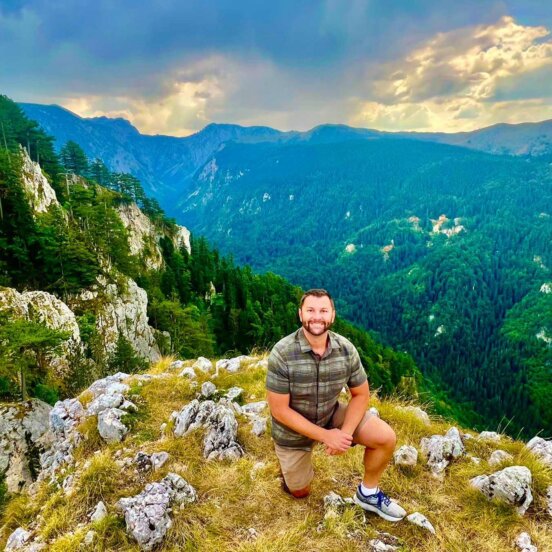The ultimate solo travel guide to Antarctica: Everything you need to know
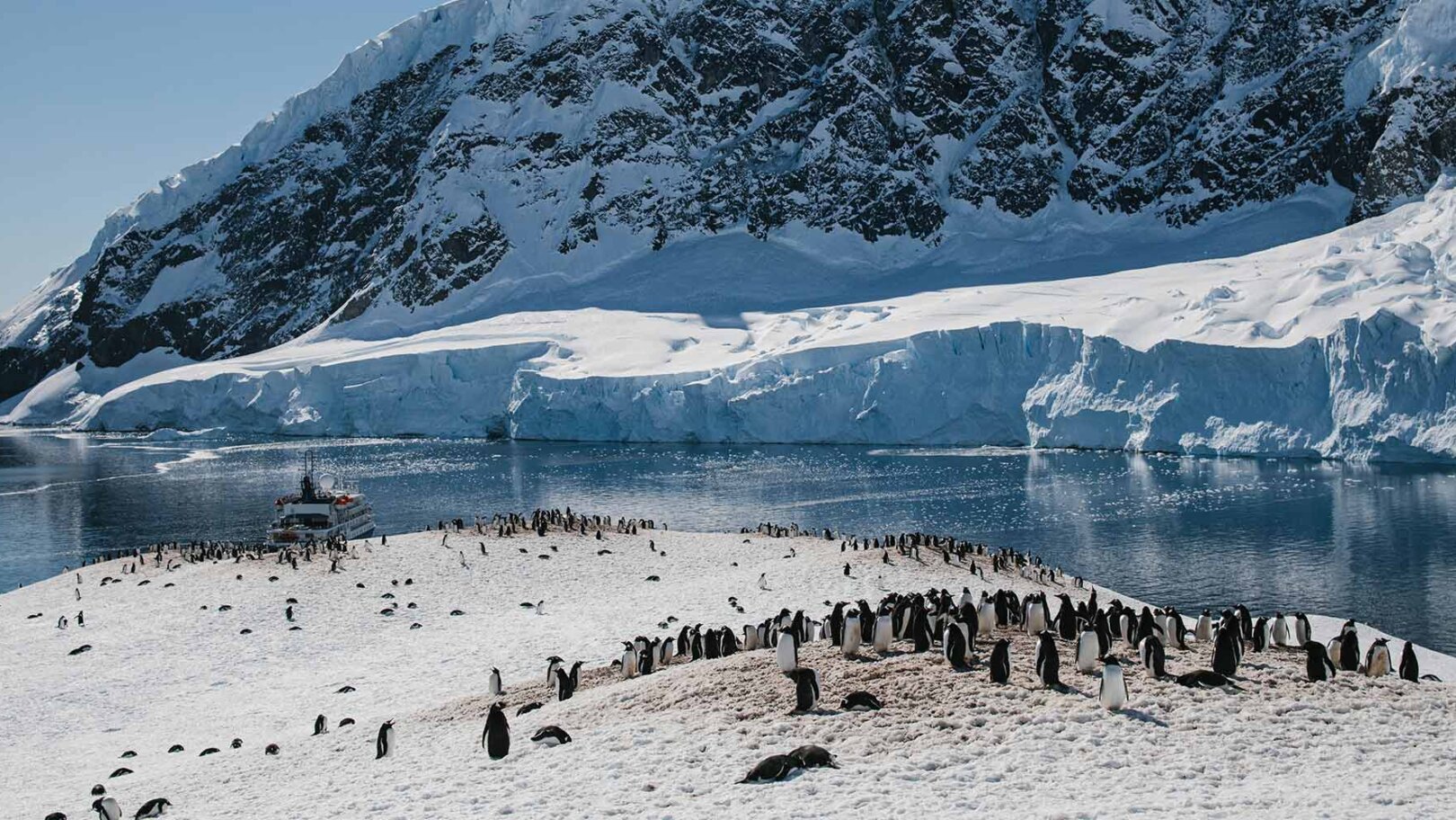
Ready your inner explorer because the fierce majesty of solo travel in Antarctica awaits.
This is no beach break: this is sub-zero temperatures at the very end of the earth, and whether you sail two days through the infamous Drake Passage or fly into King George Island, the untouched magnificence of this remote frozen wilderness is bound to enchant.
Visitors are drawn to the Antarctic Peninsula, exploring the South Shetland Islands via Zodiac, sailing the Gerlache Strait alongside humpback whales, and discovering why the calm blue Lemaire Channel is nicknamed the ‘Kodak Gap’.
Antarctica isn’t short on adventure: active solo travelers can sea kayak amongst the wildlife, camp under the stars and hike, climb or ski through an unspoilt natural world. Preserved, protected and studied, Antarctica is a unique part of our planet – and as you marvel at sparkling icebergs and immense glaciers, shuffling penguins and lazily curious Weddell seals, the true privilege of visiting its shores hits home.
Group solo travel to Antarctica means an unforgettable shared experience with fellow solo travelers, and all the details taken care of. Below, we’ve pulled together everything you need to know about traveling solo to Antarctica, but trust us: nothing beats seeing it all for yourself.
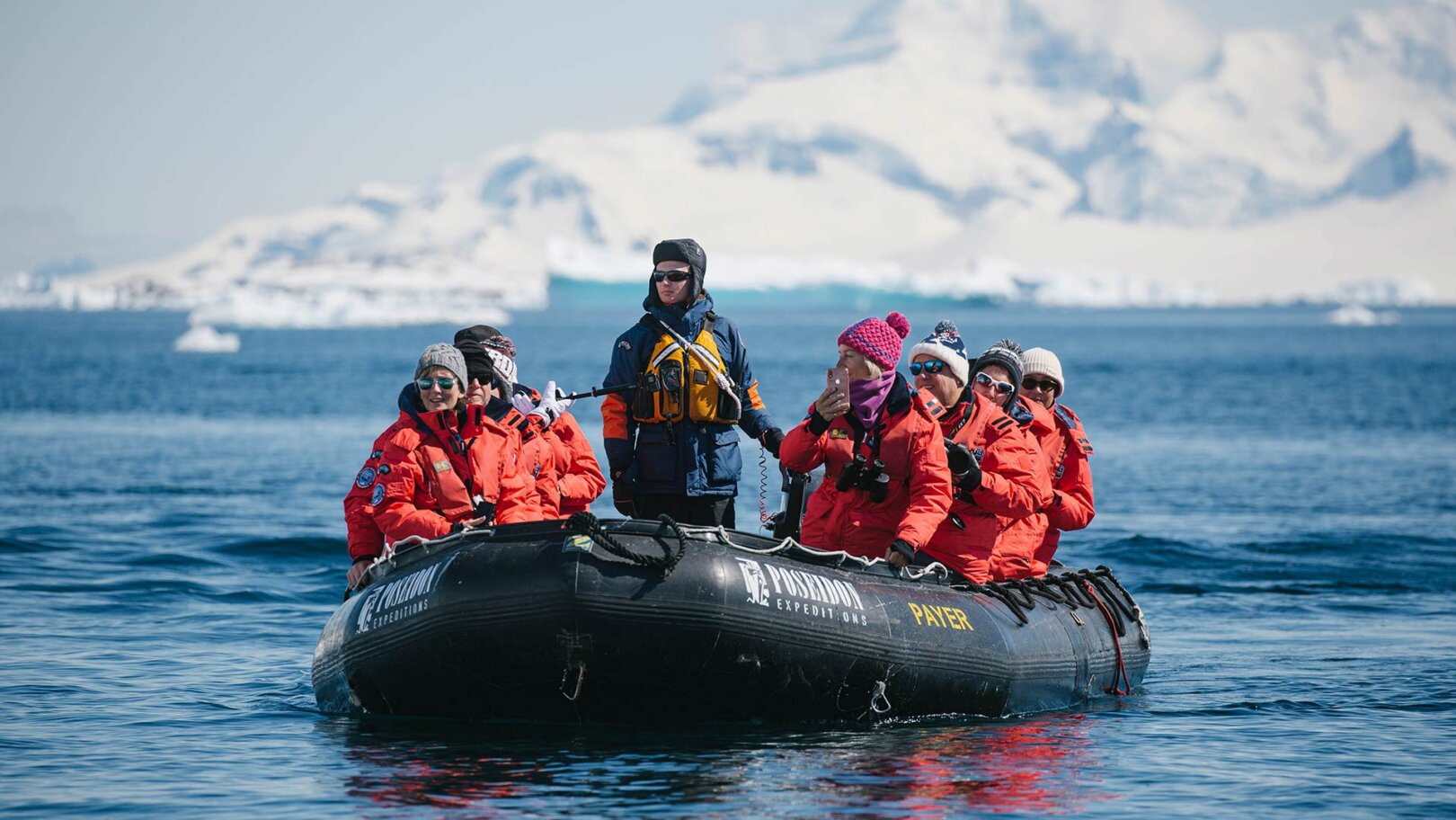
Antarctica travel facts
As the highest, driest, coldest and windiest continent on Earth, Antarctica – roughly the size of the US and Mexico combined – is a law unto itself. Despite holding 90% of the world’s surface freshwater in its ice, the continent is officially a desert, with just 166 mm annual rainfall. And, perhaps surprisingly, this dramatic, frozen expanse is full of active wildlife. Visitors come in search of humpback whales and orcas, colonies of Adélie, chinstrap and gentoo penguins, Antarctic seabirds and the six species of seal that live in the region, to name but a few.
Is Antarctica good for solo travel?
A landscape of active volcanoes, sharp blue glaciers and sparkling plains attracts its fair share of attention, but solo travelers to Antarctica can’t help but wax lyrical about its extraordinary wildlife and near-unbelievable experiences. Imagine hiking a pristine wilderness, sea kayaking glassy waterways and camping under the stars, or taking Zodiacs past colossal icebergs out to playful penguin colonies. Visit research stations and preserved 1900s huts, or go all out and take a polar plunge into the sea itself. With a group solo trip, you’ve got friendly fellow Flashpackers to unwind and process your adventures with back onboard your comfortable ship.
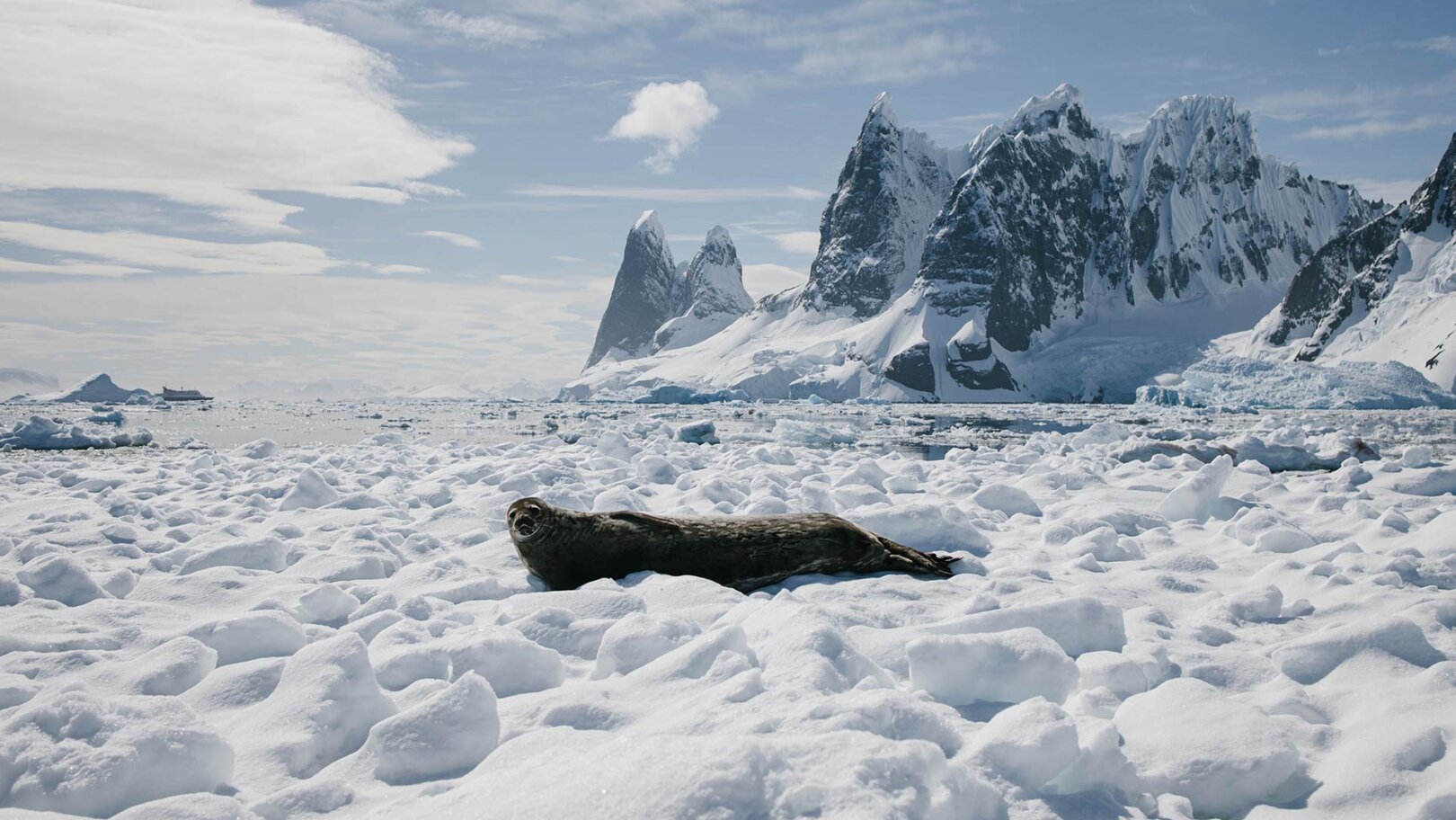
Best places to visit in Antarctica
What should you do on a solo trip to Antarctica? In this once-in-a-lifetime territory where the weather calls the shots, it pays to grab every opportunity. Embrace the journey and sail to the dreamlike peninsula via Drake Passage’s notorious 600 miles, where krill-rich waters attract dolphins and whales. Explore the South Shetland Islands and Zodiac through the steep ice cliffs of the arresting Gerlache Strait, finding the peaceful, photogenic Lemaire Channel. Your group might visit the wildlife-heavy King George Island, home to large colonies of Adélie penguins, or push further south into the Antarctic Circle for the likes of the lesser-visited Crystal Sound waters.
Where to stay as a solo traveler in Antarctica
Does Antarctica have hotels? Unsurprisingly, this unspoilt white wonderland isn’t big on hotels, harboring precisely zero; while there are some luxury lodges and tented camps, the majority of visitors stay offshore on well-appointed ships. With Flash Pack, your accommodation will be a spacious, comfortable suite on a four-star polar expedition vessel complete with library, gym, outdoor jacuzzi and wraparound decks. You’ll be room-sharing in a twin room, enabling you to skip the single supplement. There’s an option to book a wild camping excursion as an add-on ahead of the trip, and your solo travel adventure will be bookended with upscale hotel stays in Buenos Aires and Ushuaia.
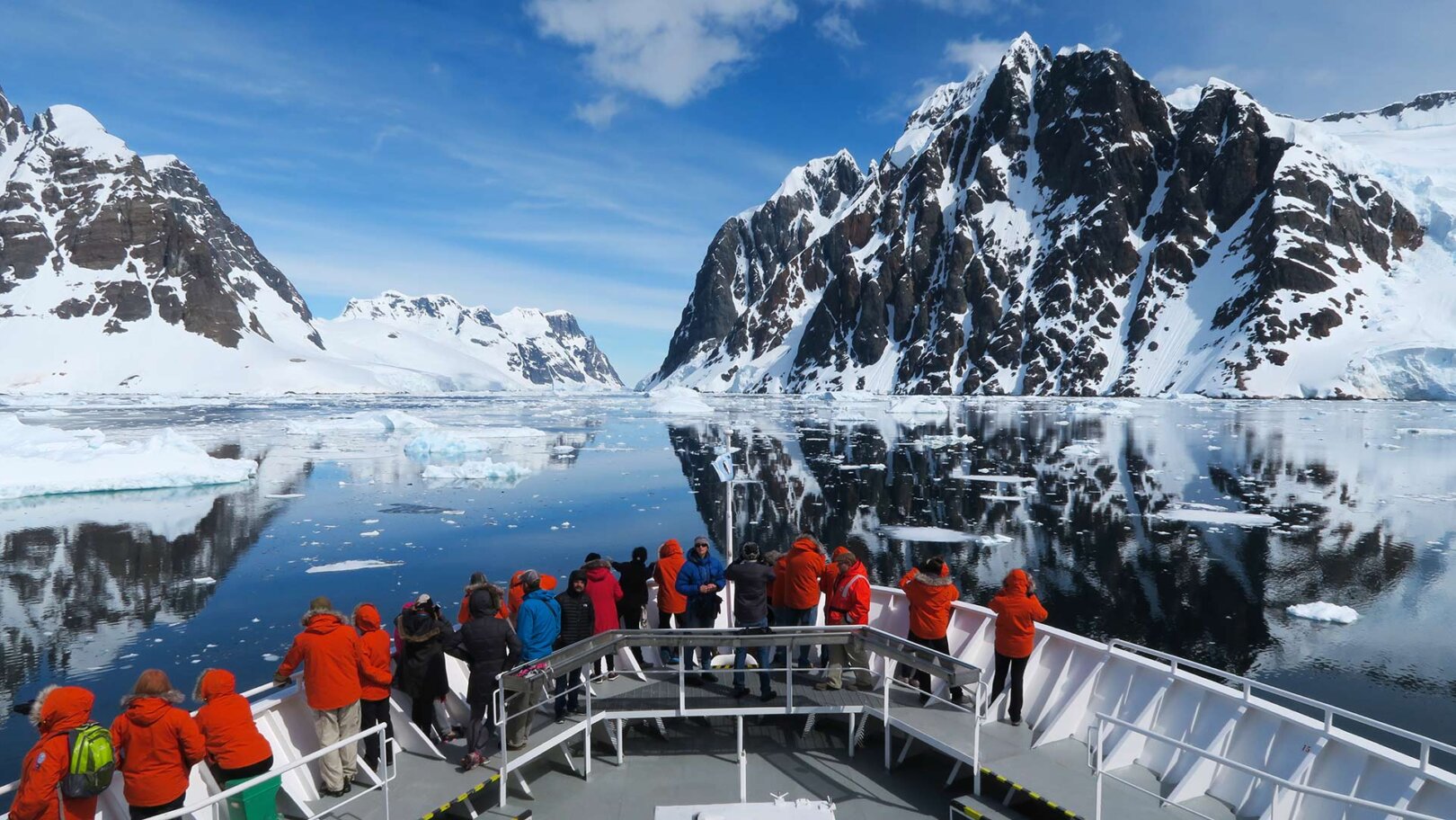
How to get to Antarctica
There are no commercial flights to Antarctica – the vast majority of travelers sail in via a cruise ship or smaller expedition vessel, which includes-two days sailing the Drake Passage. Most ships leave from Ushuaia, Argentina, or longer cruises depart from New Zealand and Australia. Direct flights to Antarctica are limited and chartered as part of a package – most depart Punta Arenas in Chile and land on King George Island. On a ‘fly and cruise’ trip, you can join your ship here, bypassing Drake Passage. Flights direct to the South Pole are rarer and more expensive, going from Punta Arenas and Cape Town, South Africa.
How to get around Antarctica
Getting around Antarctica will depend on your tour operator; with no commercial flights, strictly controlled tourism and an inhospitable landscape, public transport is not something you’ll need. Those eschewing cruises in favor of camps and lodges fly in directly via private charter; most visitors will stay on a ship and disembark for hikes and excursions. The compact Zodiac boats access smaller bays and more remote sites for day trips from cruise liners. Traveling solo with Flash Pack means you’ll have a chance to bond with your group at your hotels in Buenos Aires and Ushuaia, prior to sailing.
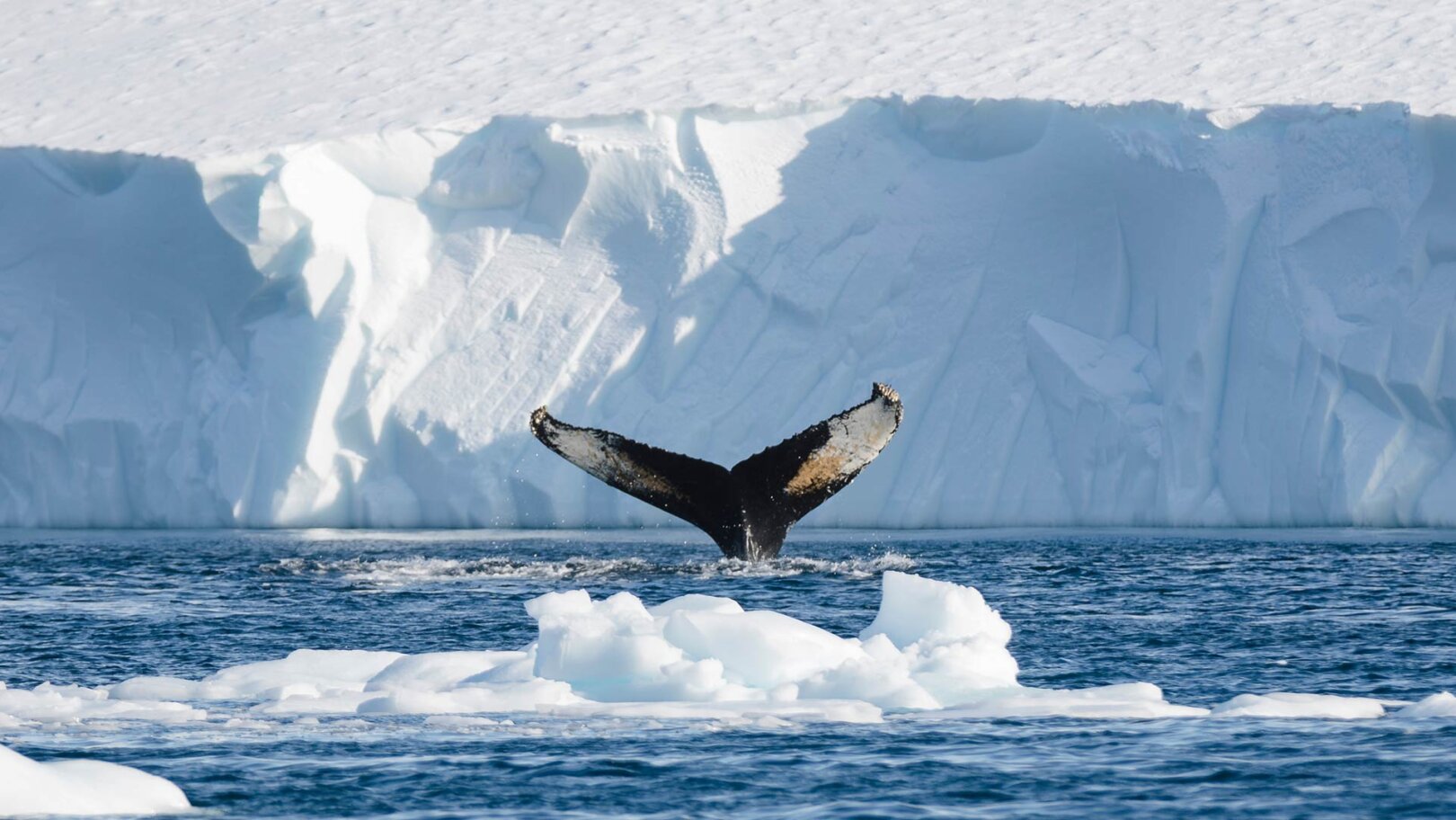
Best time to visit Antarctica
This remote, extreme land is not exactly a last-minute, squeeze-it-into-your-itinerary type of getaway; the best, and only, time to visit Antarctica is during summer, from November through to March when it becomes accessible to ships. Summer temperatures are comparatively mild – generally close to zero around the coast – and days are longer, with 18 to 24 hours of daylight. December and January are peak season thanks to the rise in temperature and active wildlife, but each month has its own charms, whether it’s colossal icebergs or the chances of spotting penguin chicks.
Antarctica travel itineraries
Ready for an incomparable Antarctic adventure? Aboard your comfortable expedition ship, you and your fellow Flashpackers will sail two days through the infamous Drake Passage to the remote South Shetland Islands and Antarctic mainland. Playful humpback whales foraging in serene bays, Adélie penguins tobogganing through the snow – you’ll encounter Attenborough-worthy wildlife, and take in truly epic frozen landscapes and towering icebergs with zippy Zodiac outings and icy hikes. There’s the option to sea kayak or camp out on shore, while our extended trip ventures further into lesser-traveled Antarctica for the stunning peaks and waters of the Crystal Sound channel.

What to pack for solo travel in Antarctica
This isn’t your usual getaway; the weather in Antarctica is extreme and changeable, and it’s mandatory to have insurance specifically covering cruise travel in the polar regions. Antarctic summer temperatures hover around zero; warm clothing is vital, and Flash Pack makes it easy with a full packing list covering the essentials, such as waterproof gloves, insulated trousers and thermal base layers. A high SPF sunscreen to protect against the thinner ozone layer is a good idea, as are polarized sunglasses. Bring a plug adapter for type I and type C in Argentina, and North American type A onboard the ship.
Solo travel advice for Antarctica
Given its expense and inhospitable climate, you might wonder if Antarctica is a good solo travel destination. But any visitor to this otherworldly continent – all dramatic ice shelves and the echoing thunder of calving glaciers – wonders no more. There’s an abundance of the unforgettable in this photographer’s paradise, from ice-climbing, hiking, kayaking and skiing, to encountering Antarctica’s signature wildlife by Zodiac, floating alongside pods of magnificent orcas. There are historical and scientific sites to visit, such as research stations and huts left by explorers a century ago, before retreating to your stylish quarters onboard an expedition ship with your Flash Pack crew.
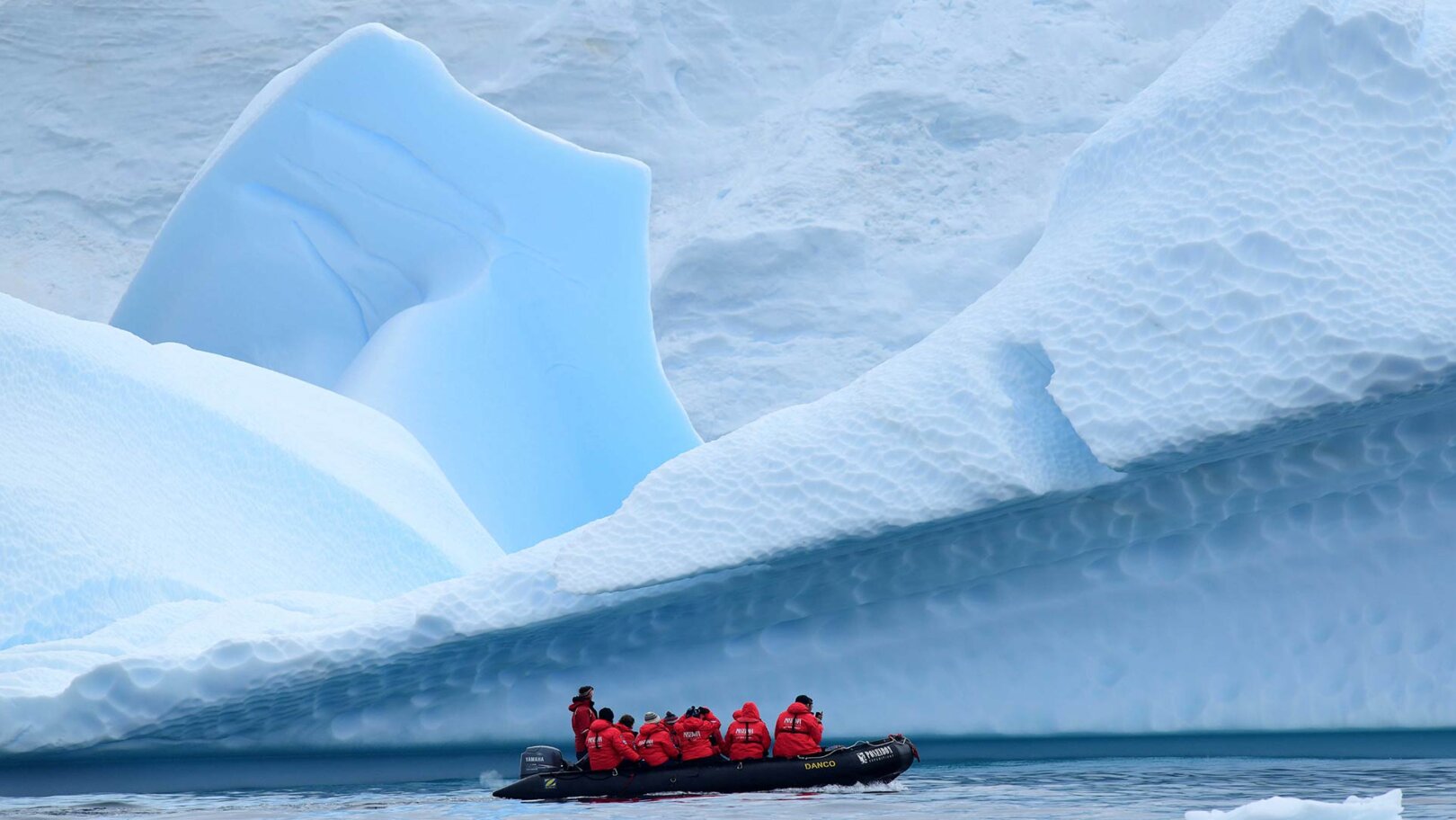
Is it safe to travel solo in Antarctica?
While no trip can be absolutely guaranteed trouble-free, crime-wise, there is very little risk to tourists visiting Antarctica, as the only people present are visitors, tour operators and those living at research stations. However, any trip involving adventure activities and close proximity to wildlife carries some risk, especially in a remote area with limited medical facilities: unexpected changes in weather could affect medical help.
Follow the instructions of your expedition leaders at all times, stay a safe distance from wild animals and ensure you have the mandatory travel insurance specifically covering Antarctica in place.
Always check the Foreign and Commonwealth Office (UK), the Department of State Travel Advisories (US) or your country’s local government guidelines for the most up-to-date advice before traveling, too.
Ready for your next adventure? Try group solo travel to Antarctica with Flash Pack – designed exclusively for people in their 30s and 40s, seeking the independence of solo travel within the safety of a group.
A cool 98% of Flashpackers arrive solo to join our group adventures. So, you’ll be in good company – whether a first-time solo traveler or a seasoned pro looking for like-minded new friends.





